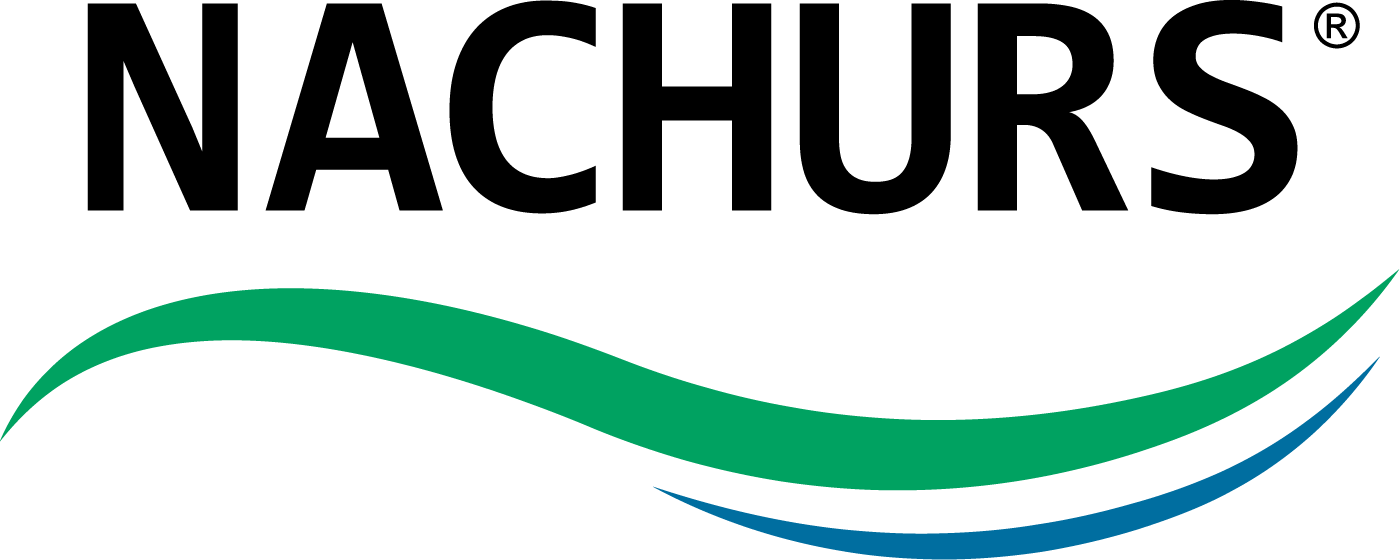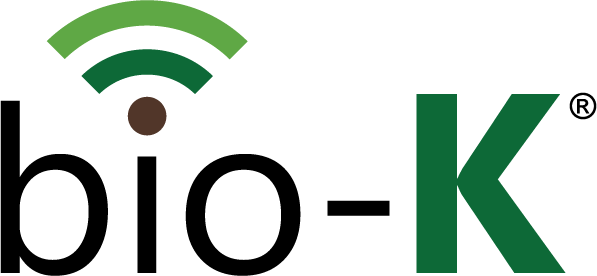Secondary Nutrients and Micronutrients
Even though micronutrients are required in minute quantities, they are essential for healthy plant growth and profitable crop production. Most of the secondary nutrients and micronutrients can be provided to plants in a chelated form with the exception of sulfur, boron, and molybdenum. EDTA chelated micronutrients provide an economical source for correcting nutrient deficiencies and improving plant health. Preventing micronutrient deficiencies in a crop is far better than correcting them after symptoms appear.
Featured Videos
Learn more about our products and agronomics in this YouTube video.
“A nutritionally-balanced crop is much better able to withstand stresses put upon it by adverse growing conditions (cold or hot, dark or bright, wet or dry, etc., weather).”
– Noel Garcia, CCA, Technical Director, Texas Plant & Soil Lab
“A nutritionally-balanced crop is much better able to withstand stresses put upon it by adverse growing conditions (cold or hot, dark or bright, wet or dry, etc., weather).”
– Noel Garcia, CCA, Technical Director, Texas Plant & Soil Lab
What is a chelate?
A chelate is a complex organic molecule that surrounds the nutrient ion. Chelates are used as carriers for micronutrients, to keep them in solution and protect them from reactions that cause the micronutrient to become insoluble and unavailable to the plant. Chelation allows nutrients to remain available to the plant even if environmental conditions are less than optimal. There are many forms of chelates that can be used, ranging from EDTA, citric acid, amino acids, and organic acids.
THE EDTA DIFFERENCE
Unlike other micronutrient sources such as -complexes, partial chelates, and natural organic complexes, EDTA chelated micronutrients are 100% available to the crop. Other micro sources contain too little complexing agent and undergo major chemical changes, delivering significantly less micronutrient in a form available for plant uptake. While these sources of micros may offer cost savings at first, they can actually create deficiencies for lack of nutrient availability.
EDTA fully chelated micronutrients are specifically formulated to prevent nutrient tie up. With the EDTA chelating process, a ring-like structure is placed around the micronutrient, protecting it from being tied up with the soil or other nutrients, thus ultimate nutrient availability to the plant is assured, and deficiencies can be corrected.
NACHURS® 100% EDTA CHELATES
Other manufacturers do not offer EDTA chelates or use a percentage of EDTA and some other chelating agent. NACHURS micronutrients are fully chelated and can be applied to soil at planting time or foliar spray applied directly to the plant. The stability of NACHURS chelated micronutrients makes them compatible with most pesticides and won’t settle out or react with other components in NACHURS liquid fertilizers. NACHURS 100% EDTA chelated micronutrients include: calcium, copper, iron, magnesium, manganese, and zinc.
MICRONUTRIENT COATING ON DRY NPK
Spreading fertilizer with a micronutrient coating guarantees accurate application of the micronutrient and reduces uneven distribution across the field. Coating ensures that every plant receives adequate micronutrients, which ensures optimum plant efficiency. The more even the supply of micronutrients, the easier it is for plant roots to reach these nutrients. Micronutrient uptake is therefore more efficient with even supply; plant roots need to reach available micronutrients.
YaraVita® PROCOTE® Technology
YaraVita PROCOTE is Yara’s innovative range of liquid suspension fertilizer coatings. The micronutrients zinc, boron, copper, manganese and their combinations are available, offering three main benefits:
- Ensures even micronutrient supply with each fertilizer granule
- Enhanced micronutrient efficiency, crop performance, and improves yield
- Easily applied, saving time and resources




